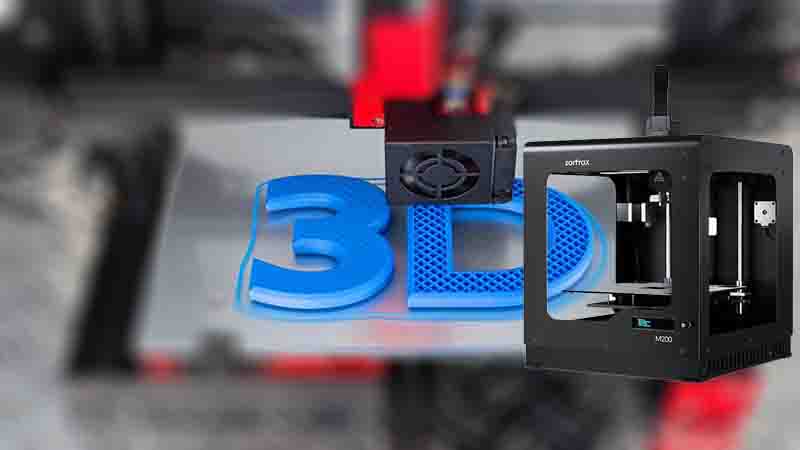
3D Printing Revolutionizing Manufacturing and Beyond
3d printing service:
This report explores the fascinating world of 3D printing and its profound impact on various industries. 3D printing, also known as additive manufacturing, has emerged as a groundbreaking technology capable of creating three-dimensional objects from digital designs. The report delves into the principles, applications, advantages, and challenges associated with 3D printing. Additionally, it highlights the transformative potential of this technology across sectors such as prototyping, manufacturing, medicine, and consumer use.
-
Introduction
- Definition and basic principles of 3D printing
- Historical background and technological advancements
-
How 3D Printing Works
- Additive manufacturing processes: Fused Deposition Modeling (FDM), Stereolithography (SLA), Selective Laser Sintering (SLS), etc.
- Overview of the workflow: design, slicing, and printing
-
Applications of Three-Dimensional Printing, Prototyping and Product Development
- Rapid prototyping and iterative design
- Reduction in time and cost for product development 3.2 Manufacturing and Supply Chain
- Customization and on-demand production
- Complexity reduction and lightweight designs
- Spare parts production and supply chain optimization 3.3 Medical and Healthcare
- Patient-specific implants and prosthetics
- Bioprinting and tissue engineering
- Pharmaceutical research and drug delivery 3.4 Consumer Use and DIY
- Home-based pla 3d printing and hobbyist applications
- Personalized fashion and accessories
- Educational and creative purposes
-
Advantages and Benefits of Three-Dimensional Printing
- Design freedom and complex geometries
- Reduced material waste and environmental impact
- On-demand manufacturing and localized production
- Improved cost-effectiveness and scalability
-
Challenges and Limitations
- Material limitations and compatibility
- Print speed and scalability
- Intellectual property and copyright concerns
- Regulatory and safety considerations
-
Future Trends and Developments
- Advancements in materials and printable electronics
- Integration of Three-Dimensional Printing with other technologies (e.g., robotics, AI)
- Potential impact on industries and workforce
-
Conclusion
- Summary of the report’s key findings
- Implications of Three-Dimensional Printing on various sectors
- Future prospects and recommendations for further research
By examining the principles, applications, advantages, and challenges associated with 3D printing, this report aims to provide a comprehensive overview of this groundbreaking technology. It highlights the transformative potential of Three-Dimensional Printing in manufacturing, healthcare, and consumer use, and explores the possibilities for future advancements. Understanding the capabilities and limitations of Three-Dimensional Printing is crucial for businesses, researchers, and individuals seeking to harness its immense potential in various domains.
This report provides an extensive analysis of Three-Dimensional Printing, its applications, advantages, challenges, and future trends. By understanding the capabilities and limitations of this technology, businesses, researchers, and individuals can leverage its potential for innovation, customization, and improved manufacturing processes. Three-Dimensional Printing is poised to transform various industries, revolutionizing the way products are designed, manufactured, and consumed.

